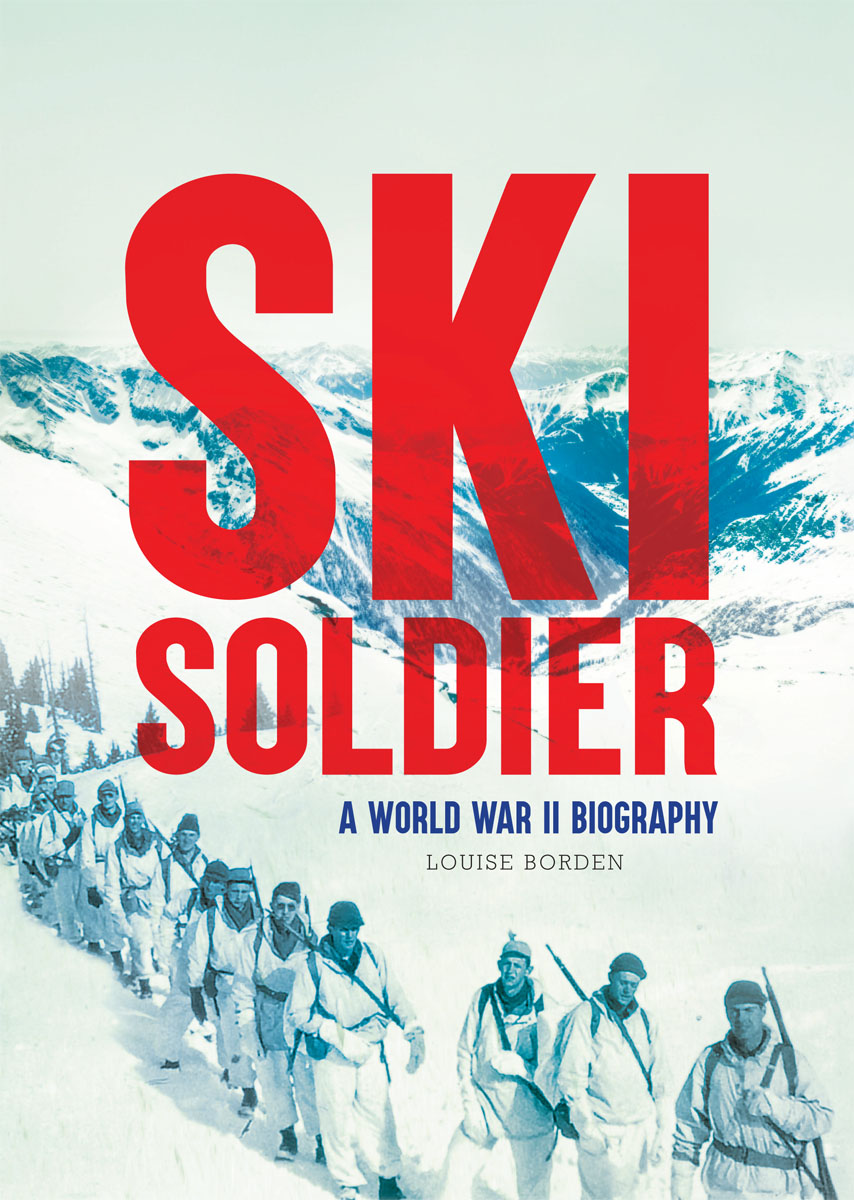
 Text copyright 2017 by Louise Borden All rights reserved. For information about permission to reproduce selections from this book, please contact . Calkins Creek An Imprint of Highlights 815 Church Street Honesdale, Pennsylvania 18431 calkinscreekbooks.com Printed in China ISBN: 978-1-62979-674-1 (hc) 978-1-68437-147-1 (eBook) Library of Congress Control Number: 2018934182 First ebook edition H1 Design by Red Herring Design The text is set in Rockwell, Knockout, and Trade Gothic The titles are set in Aku & Kamu. For Cate, Marc, Abby, and Henry Morrie and Suzie the Seibert family and those of the10th Mountain Division who gave their lives in Italy. We remember you.
Text copyright 2017 by Louise Borden All rights reserved. For information about permission to reproduce selections from this book, please contact . Calkins Creek An Imprint of Highlights 815 Church Street Honesdale, Pennsylvania 18431 calkinscreekbooks.com Printed in China ISBN: 978-1-62979-674-1 (hc) 978-1-68437-147-1 (eBook) Library of Congress Control Number: 2018934182 First ebook edition H1 Design by Red Herring Design The text is set in Rockwell, Knockout, and Trade Gothic The titles are set in Aku & Kamu. For Cate, Marc, Abby, and Henry Morrie and Suzie the Seibert family and those of the10th Mountain Division who gave their lives in Italy. We remember you.
KEY DATES
IN SKI SOLDIER: A WWII BIOGRAPHY
countries around the globe are caught up in a terrible conflict, World War II.
September 1, 1939Adolf Hitler, leader of Nazi Germany, orders his troops to invade Poland.
September 3, 1939Great Britain and France, allies of Poland, declare war against Germany.
1940Italy and Japan join Germany and are known as the Axis Powers.
19401944Germany occupies France.
December 7, 1941Japan attacks the U.S.
December 7, 1941Japan attacks the U.S.
Naval Base in Pearl Harbor, Hawaii, and declares war on the United States. December 8, 1941the United States enters World War II. December 11, 1941Italy and Germany declare war on the United States. The United States joins Great Britain, the Soviet Union, and China (Allied Powers). September 3, 1943the Allies invade mainland Italy. October 13, 1943Italy declares war on Germany and joins the Allies. June 5, 1944the Allies liberate Rome, but Germany still occupies northern Italy. December 1944the first units of the 10th Mountain Division, part of the U.S. military effort, arrive in Italy. February 1945in the Apennines of northern Italy, soldiers of the 10th Mountain Division try the impossible on a string of peaks called Riva Ridge. Ski Soldier is the true story of one of those Americans.
AMERICA
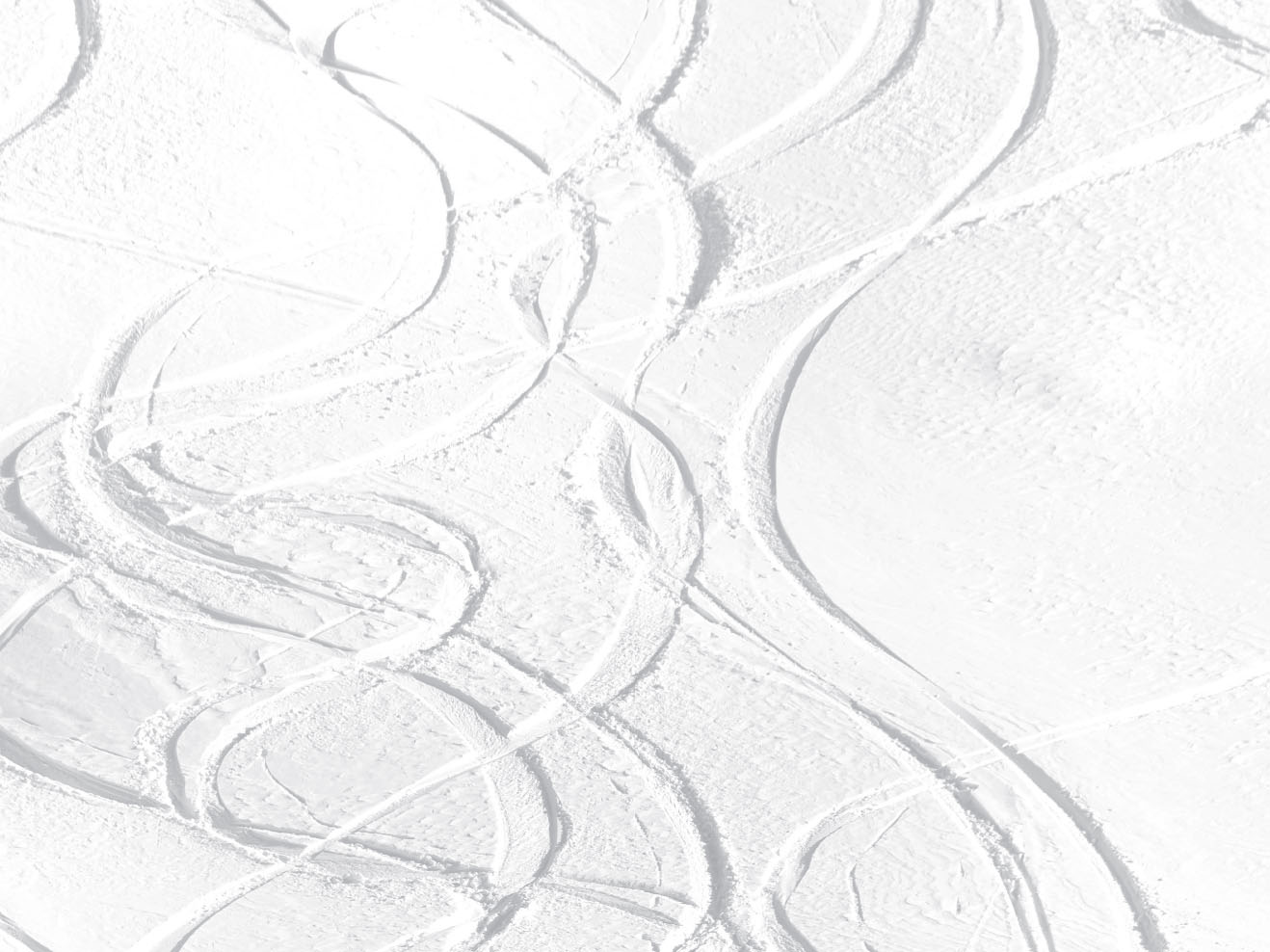
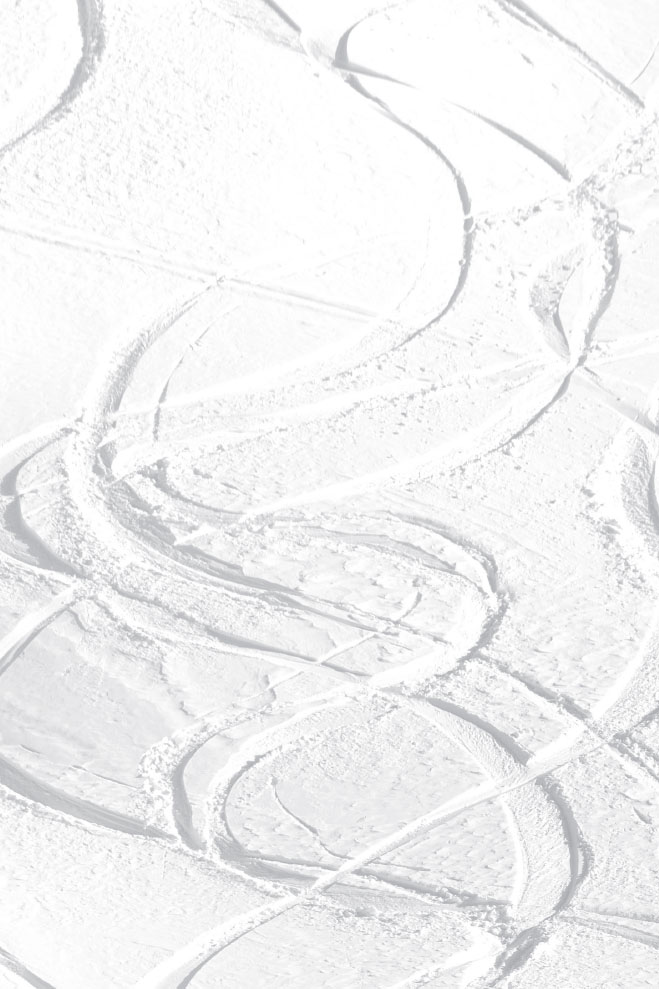
O ne day in 1931, seventeen miles southwest of Boston, a boy named Peter Seibert found a pair of skis and poles in the loft of his familys barn.
AMERICA


O ne day in 1931, seventeen miles southwest of Boston, a boy named Peter Seibert found a pair of skis and poles in the loft of his familys barn.
Theyd been made for his mother, Edythe, when she was a child and later stored away with dusty harnesses. There were no mountains near Sharon, the town where the Seiberts lived. But each winter there was Massachusetts snow. That morning it glittered like sugar in Petes front yard and covered the rest of East Street. Pete dragged the maple skis past the barn and his familys small orchard to the top of a rise and slid his boots into the leather toe straps. Skiing! To seven-year-old Pete Seibert, there was nothing else like it in the world.  Christine and Pete Seibert, around three and four years old Petes sister, Christine, was a year younger.
Christine and Pete Seibert, around three and four years old Petes sister, Christine, was a year younger.  Christine and Pete Seibert, around three and four years old Petes sister, Christine, was a year younger.
Christine and Pete Seibert, around three and four years old Petes sister, Christine, was a year younger.
Like Pete, shed been born in Sharon where patriots cast cannon to help win the American Revolution. The Seibert kids knew well the tale of their mothers ancestor, Deborah Sampson, whose portrait hung in their house. Dressed in a mans shirt and breeches shed sewn herself, Deborah joined the Continental Army so she could fight the British redcoats. Indeed, the people of Sharon made history happen and Pete and Christine would always be proud that their words carried the tinge of a New England accent. Their father, Albert Seibert, was an artist from Boston and a man who loved adventure. Hed driven west in a Model T Ford and mined silver in Colorado, high in the Rocky Mountains, then returned home to marry Edythe.
In those hard times of the Great Depression, Albert was lucky to have a job, and on Sunday afternoons he painted at his easel while his wife tuned in to opera on the radio. Edythe Seibert had studied music and now taught piano in her living room to many of the towns children. But Petes joy was exploring the ponds and fields of Sharon, and on snowy days he crisscrossed the Seiberts five acres on his mothers old skis.  Albert Seibert W hen he was nine, Pete found seven-footers under the familys Christmas tree. New pine skis cost twenty dollars hours of piano lessons. Pete gave the maple pair to Christine, and that January on the hills of Sharon he showed his sister how to glide down and snowplow to a stop.
Albert Seibert W hen he was nine, Pete found seven-footers under the familys Christmas tree. New pine skis cost twenty dollars hours of piano lessons. Pete gave the maple pair to Christine, and that January on the hills of Sharon he showed his sister how to glide down and snowplow to a stop.
The best places were Pettees Hill on Pleasant Street and a slope edged by woods near Upland Road, both owned by Dr. Walter Griffin, who took care of families from birth to death. The towns kids carried their sleds and skis to the doctors hills. One of them, Morrie Shepard, was in Petes class at Pleasant Street School. Morrie was a skier, and he soon became Pete Seiberts friend for life. Pete asked Dr.
Griffin if he could cut saplings to make a trail in the woods where the snow was crisp and deep, and the doctor let him. MORRIE SHEPARD Skis on their shoulders, the two boys trudged past Norwood Street and turned left on Upland to the Griffin property. They would pack the steep slope by side-stepping, then schuss straight down without turning or Pete would find sticks in the woods and space them upright in a zigzag line down the snowy hill to make a slalom course the boys could weave through on their skis. Pete and Morrie would even ski after the sun went down. Indeed, they were ski crazy. C enturies before Pete and Morrie schussed Dr.
Griffins hill, skis were used in Europe to traverse snowy fields and frozen lakes. Soldiers even fought on skis in winter battles. When Pete Seibert was a boy, alpine skiing skiing down a hill for fun was already a sport in Europe. But in New England the idea was still new. With few rope tows or lifts, American skiers had to climb their slopes before they glided down. For Pete, anything about skiing was a magnet, even the travel stories he heard for the first time on his mothers radio.
Lowell Thomas, a famous broadcaster, told of a resort in Sun Valley, Idaho, and of downhill races in Austrias Alps. Pete painted each picture in his mind.
Next page




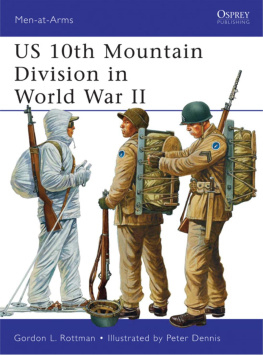


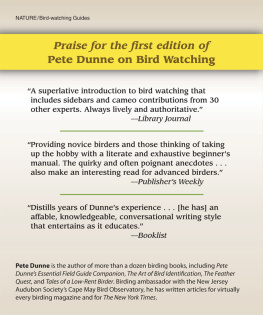

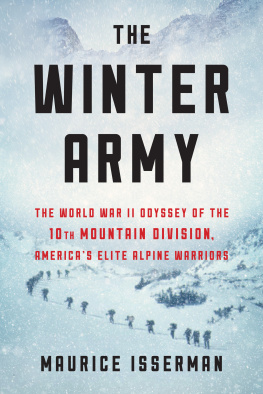
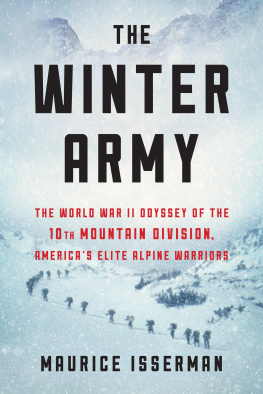
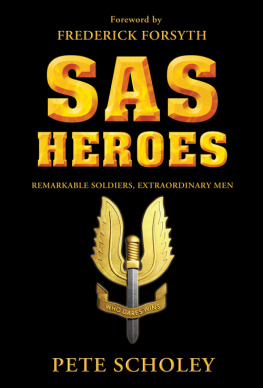


 Text copyright 2017 by Louise Borden All rights reserved. For information about permission to reproduce selections from this book, please contact . Calkins Creek An Imprint of Highlights 815 Church Street Honesdale, Pennsylvania 18431 calkinscreekbooks.com Printed in China ISBN: 978-1-62979-674-1 (hc) 978-1-68437-147-1 (eBook) Library of Congress Control Number: 2018934182 First ebook edition H1 Design by Red Herring Design The text is set in Rockwell, Knockout, and Trade Gothic The titles are set in Aku & Kamu. For Cate, Marc, Abby, and Henry Morrie and Suzie the Seibert family and those of the10th Mountain Division who gave their lives in Italy. We remember you.
Text copyright 2017 by Louise Borden All rights reserved. For information about permission to reproduce selections from this book, please contact . Calkins Creek An Imprint of Highlights 815 Church Street Honesdale, Pennsylvania 18431 calkinscreekbooks.com Printed in China ISBN: 978-1-62979-674-1 (hc) 978-1-68437-147-1 (eBook) Library of Congress Control Number: 2018934182 First ebook edition H1 Design by Red Herring Design The text is set in Rockwell, Knockout, and Trade Gothic The titles are set in Aku & Kamu. For Cate, Marc, Abby, and Henry Morrie and Suzie the Seibert family and those of the10th Mountain Division who gave their lives in Italy. We remember you.
 O ne day in 1931, seventeen miles southwest of Boston, a boy named Peter Seibert found a pair of skis and poles in the loft of his familys barn.
O ne day in 1931, seventeen miles southwest of Boston, a boy named Peter Seibert found a pair of skis and poles in the loft of his familys barn.  Christine and Pete Seibert, around three and four years old Petes sister, Christine, was a year younger.
Christine and Pete Seibert, around three and four years old Petes sister, Christine, was a year younger.  Albert Seibert W hen he was nine, Pete found seven-footers under the familys Christmas tree. New pine skis cost twenty dollars hours of piano lessons. Pete gave the maple pair to Christine, and that January on the hills of Sharon he showed his sister how to glide down and snowplow to a stop.
Albert Seibert W hen he was nine, Pete found seven-footers under the familys Christmas tree. New pine skis cost twenty dollars hours of piano lessons. Pete gave the maple pair to Christine, and that January on the hills of Sharon he showed his sister how to glide down and snowplow to a stop.